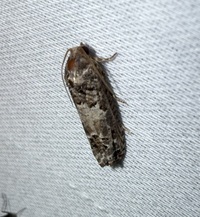
| Recorded by: Marilyn Westphal on 2025-08-19
Henderson Co.
Comment: | 
| Recorded by: Jim Petranka on 2025-07-24
Madison Co.
Comment: Specimen was dissected (male). |
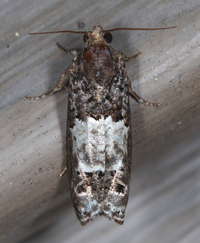
| Recorded by: Jim Petranka on 2024-09-03
Madison Co.
Comment: | 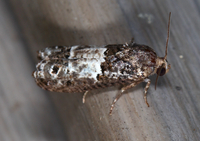
| Recorded by: Jim Petranka on 2024-09-03
Madison Co.
Comment: |

| Recorded by: Jeff Niznik on 2024-07-14
Watauga Co.
Comment: | 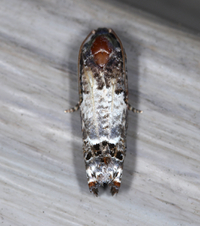
| Recorded by: Jim Petranka on 2023-08-22
Madison Co.
Comment: |
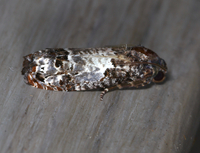
| Recorded by: Jim Petranka on 2023-08-22
Madison Co.
Comment: | 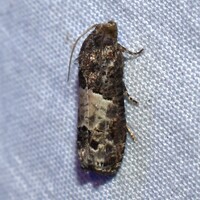
| Recorded by: Jeff Niznik on 2023-08-21
Durham Co.
Comment: |
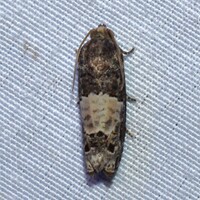
| Recorded by: Jeff Niznik on 2023-08-21
Durham Co.
Comment: | 
| Recorded by: David George, Jeff Niznik on 2023-08-16
Orange Co.
Comment: |
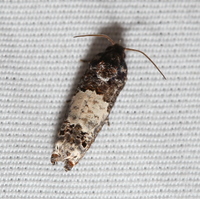
| Recorded by: David George, Jeff Niznik on 2023-08-16
Orange Co.
Comment: | 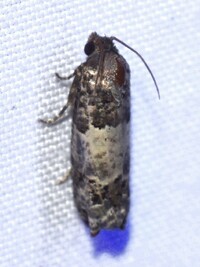
| Recorded by: Jeff Niznik on 2023-08-09
Durham Co.
Comment: |

| Recorded by: K. Bischof on 2023-08-03
Transylvania Co.
Comment: | 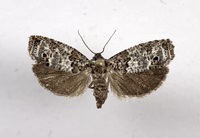
| Recorded by: R. Teper, David George, Jeff Niznik on 2023-07-29
Swain Co.
Comment: |

| Recorded by: Jim Petranka on 2022-08-22
Madison Co.
Comment: | 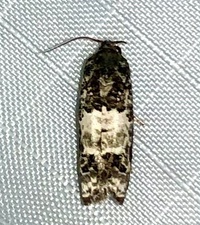
| Recorded by: Ken Kneidel on 2022-08-09
Yancey Co.
Comment: |
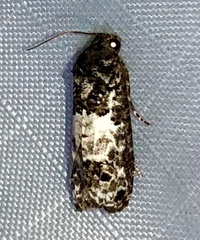
| Recorded by: Ken Kneidel on 2022-08-09
Yancey Co.
Comment: | 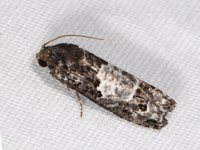
| Recorded by: John Petranka on 2022-08-08
Watauga Co.
Comment: |
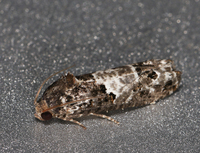
| Recorded by: John Petranka on 2022-08-08
Watauga Co.
Comment: | 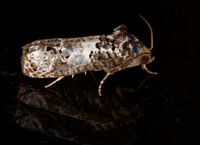
| Recorded by: Jim Petranka on 2021-08-29
Madison Co.
Comment: |
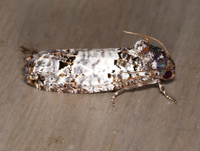
| Recorded by: Jim Petranka on 2021-08-21
Madison Co.
Comment: | 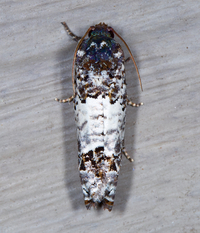
| Recorded by: Jim Petranka on 2021-08-21
Madison Co.
Comment: |

| Recorded by: Jim Petranka on 2021-08-19
Madison Co.
Comment: | 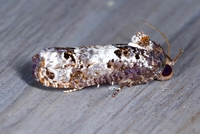
| Recorded by: Jim Petranka and Becky Elkin on 2020-08-07
Madison Co.
Comment: |
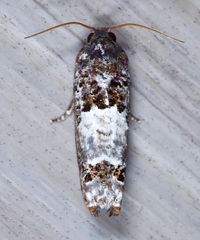
| Recorded by: Jim Petranka and Becky Elkin on 2020-08-07
Madison Co.
Comment: | 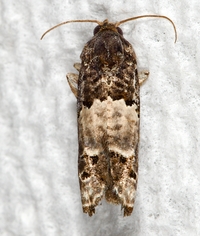
| Recorded by: Jim Petranka and Becky Elkin on 2019-08-25
Madison Co.
Comment: |
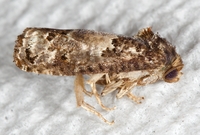
| Recorded by: Jim Petranka and Becky Elkin on 2019-08-25
Madison Co.
Comment: | 
| Recorded by: Ken Kneidel on 2018-08-07
Yancey Co.
Comment: |

| Recorded by: Ken Kneidel on 2018-08-05
Yancey Co.
Comment: | 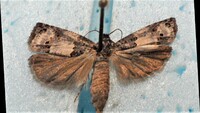
| Recorded by: Darryl Willis on 2015-06-09
Cabarrus Co.
Comment: |
|

 »
»




 »
»


